The
sponsorship/advertising above is selected by Angelfire.com and
may not represent my views.
|

|
|
The
Age of Storytelling
|
|
Children today are exposed to stories in a wide variety of methods...from computer games,
television, and story books with sounds and moving parts, to puppets of every sort imaginable,
and the theatre.
If you take a look at all these opportunities you will see that everything is given to the
child, and adult for that matter.
We do not have to think:
- the story is presented to us;
- we do
not have to use our imagination:
- the characters and setting are clearly visible;
- we do
not experience the joy and brain exercise of creating our own stories.
This
does not mean that these wonderful experiences are inappropriate. It
does mean that we need to ensure we are balancing it out with other
things: with storytelling, for example.
The
"Harry Potter Books" Debate
|
|
Classical Kids
|
|
|
The most moving storytelling
I
have ever heard!
Order it through CHAPTERS! Mozart, Beethoven, Handel (etc.) ... a piece of
their life story told in a moving, "sit on the edge of your
seat" way... enlightening the listener to the meaning behind the
music, to the personal struggles of the composer, to the emotions
within.
The pieces of work are for any age and are motivational, inspirational
and educational!
A
must for any music and storytelling library.
|
|
|
Storytelling: an art form which is being lost with the abundance of technological storytellers in
our society. Disappearing is the day when people huddled around the fireplace and shared
stories of the day or stories for entertainment. Disappearing is the sharing of traditions
and values through stories told without all the props and pictures and imageries presented to
enhance the story. The corners of our minds, which in the past have been the creators of
images, are getting dusty and rusty.
These "corners" not only create the images for stories, but they also are key players in
other aspects of our learning, of our lives.
By building a child's ability to not only envision the story, rather than just looking at the
pictures, but also to tell a story, create a story, we are also building problem solving skills,
self-confidence, public speaking skills, ability to express themselves clearly, vocabulary and
many other personal skills. Storytelling plays a major role in the overall development of the
whole child.
"a story a day keeps the cobwebs away"
|
|
How to Start a Story
Need some help to get it started ? Try these:
-
pictures from calendars, or famous works of art (also builds art appreciation)
-
common objects such as pencils and elastic bands: tell their history, their story
-
people you pass on the street, or on the highway: where are they heading
Note: (this is also a great way to build empathy/social
skills, when you create a story about
those "inconsiderate drivers": why are they in a hurry, where are they
headed, where have they been)
|
How to Build a Story
-
guide the story telling by asking questions
-
encourage the use of descriptive words
-
build into the stories "reasons" things happened
- all stories need a decisive ending
-
model the use of non-verbal messages: facial expressions, voice tone etc
-
enjoy: enjoy telling a story; enjoy listening to a story
|
Or try these:
- story cubes (pictures glued onto blocks): roll the dice and tell a story using the
pictures which are showing
- nursery rhymes: what happened before / after
- start a story and pass it on... each person adding a new piece to
the story
- select 4 common objects or pictures and use them in your story
- adapt a traditional story, poem, nursery rhyme, fairy tale
- explain "why" something is as it is (ex. why do bears
have no tails, why do people shake hands)
|
What Next?
The sky is the limit.
The children can
|
| Web Site Links
|
| Back
to Today's Child |
|
|
|
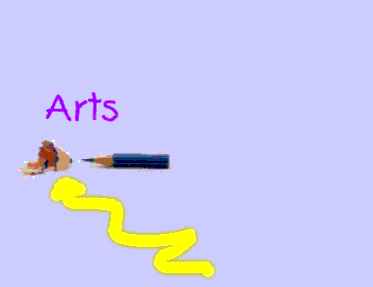
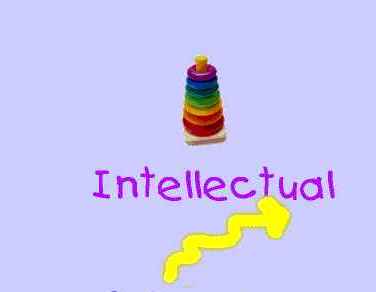
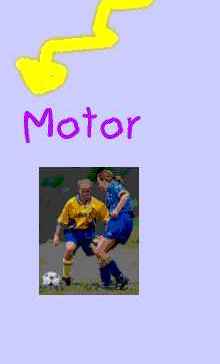
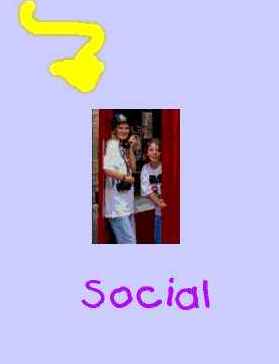
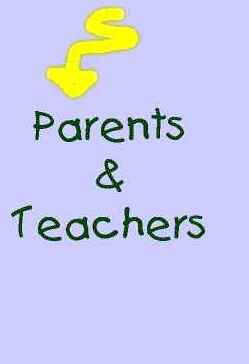
copyright, 1999: Debbie Roswell
|
|